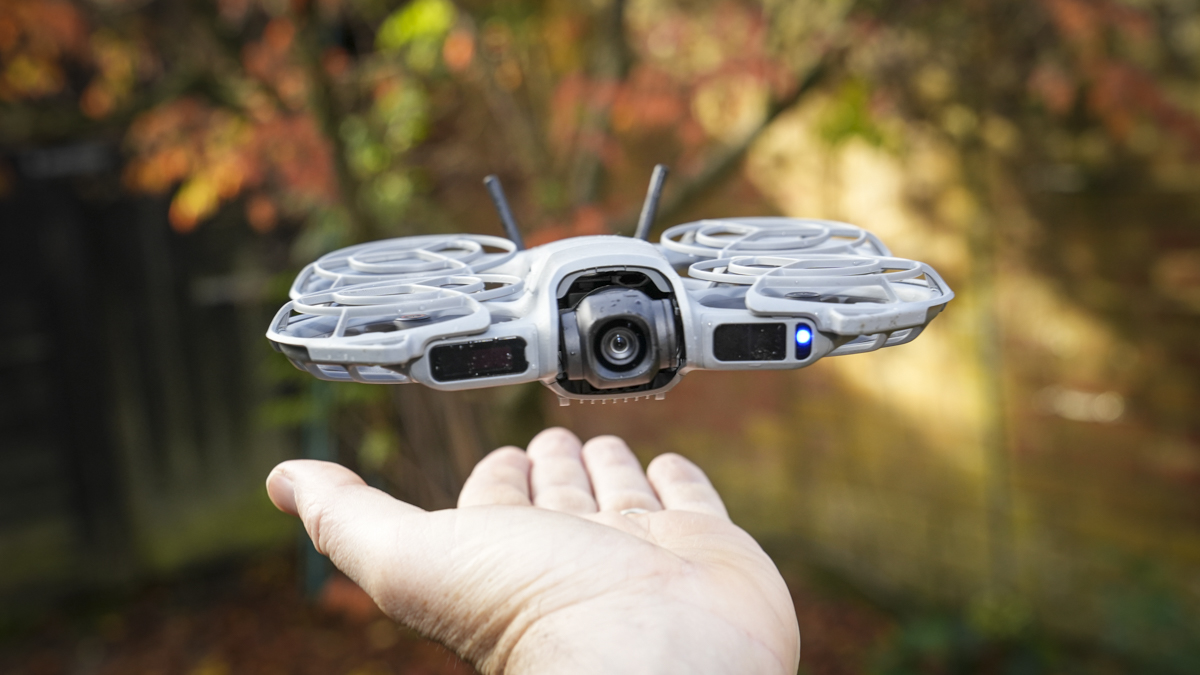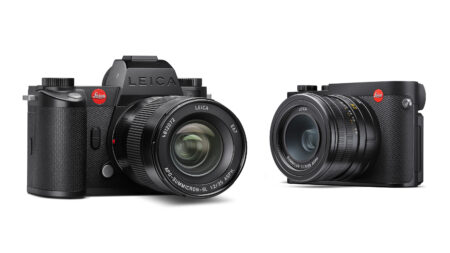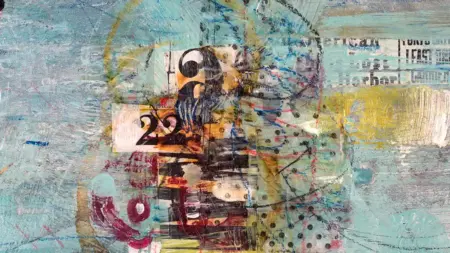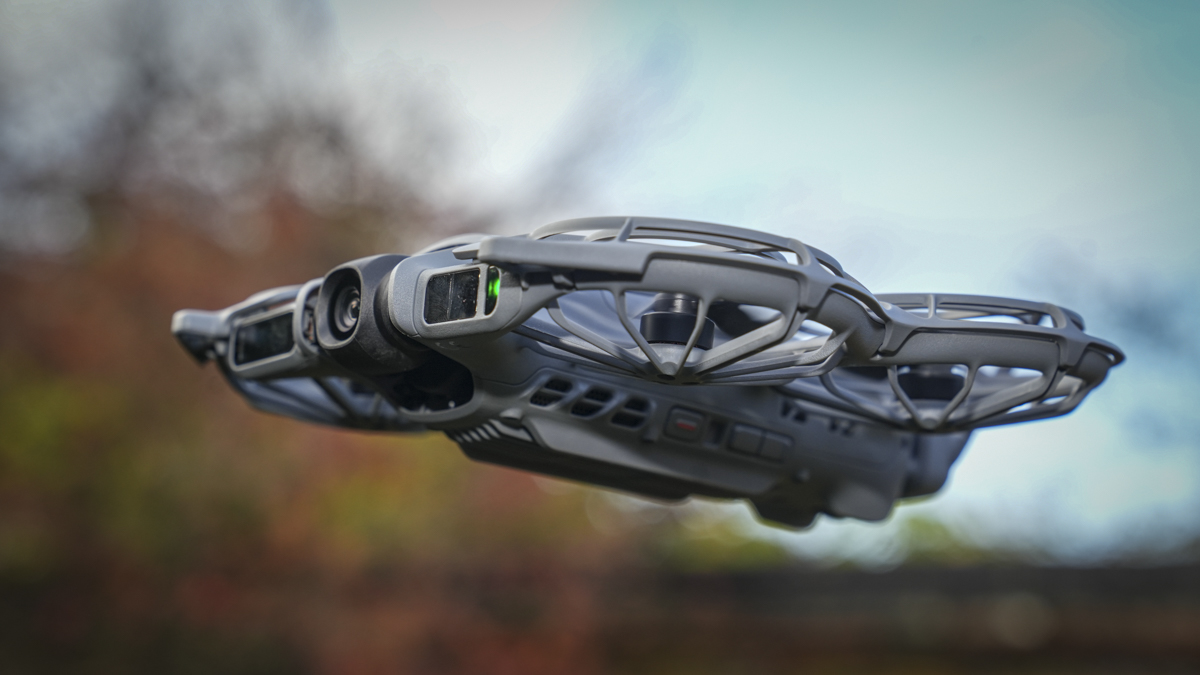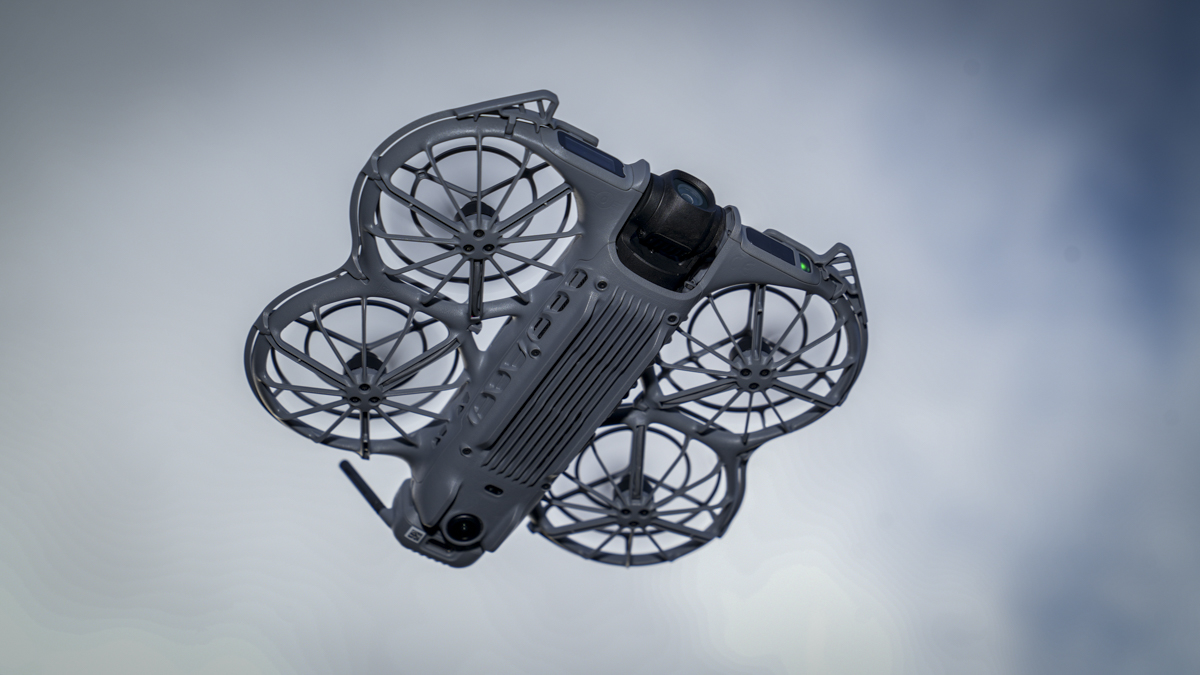Getting started with the Neo 2 is relatively straightforward, and there are really three ways you can fly the drone. The first is the most traditional: with the controller. The second is with hand gestures, and the third is by voice control, which needs to be activated from within the app.
In this test, I started off using the controller. The first step, which is now required by all DJI drones, is activation. This essentially means you have to register as a DJI owner and use your phone number or email address to set up an account. Once you’ve done that and downloaded the latest version of the Flight app to your Android or iOS device, you can then pair it with the Neo 2 and activate your new drone.
In the past, this has sometimes taken quite a while just to pair the drone with your phone, but this time it was almost instantaneous, and the whole registration process took less than a couple of minutes.
Once registration was done, the drone was set and ready to fly. I started off by using the controller just to fly the drone around the house and then through the garden. The characteristics of the drone are sharp, and as long as there are no obstructions in the way, so the object detection sensors don’t kick in, the flight is incredibly smooth.
On the first few flights, the weather was quite blustery. I didn’t like that the Neo could be quite easily buffeted by the wind, but then again, it’s so light that it’s not really a surprise and considering the size it’s actually incredibly stable and robust in the air. However, later on in the test I had a bright, sunny morning, and flying around the garden was great fun. It was fast and responsive and just felt like one of the larger drones, only in a really small and compact body.
Take-off and landing were easy, and the footage from around parts of the garden looked spectacular, really in line with drones many times the price from just a few years ago. It’s essentially action camera footage, and if you’re using it for content creation, then the quality is more than good enough. You might be pushing it a bit if you’re going for broadcast, but for casual use it’s absolutely superb. The colours are bright and vibrant, and the detail is clear and crisp.
When you’re using the controller and the drone in isolation, you don’t really have any control over the video quality, but what it produces is going to satisfy the vast majority of users just starting out. If you do want a little bit more control, then you have to go through the Fly app, where you can adjust all the quality settings in the usual way. The app uses Wi-Fi rather than Bluetooth to ensure a strong, robust signal.
When you’re into the Fly app, it is actually a little bit different from what we’ve seen before. It’s more simplistic, with a large take-off button, meaning you can activate all the flight modes and camera settings from within the app. It’s just a really quick and easy way to access the drone.
When it comes to video, the default is set at 4K 30 frames per second (normal), and you have the option to go from landscape mode to portrait mode and also change the aspect ratio. For resolution, you have either 1080p or 4K. The 4K resolution goes from 30 frames per second up to 60 fps, and the frame rate at 1080p goes from 30 to 60 fps as well. When you flip over to portrait orientation, the resolution adapts to 2.7K and again offers frame rates from 30 fps up to 60 fps.
As I’m using a pre-release model of the Neo 2, some of the more advanced features that appear to be options, including the colour profile and encoding format, these are fixed. At the moment, I’ve only got ‘Normal’ and H.265, but I’m sure these will be added in the near future.
Interestingly, looking through the app, I realised I couldn’t quite access the full 4K 100 frames per second option. I then realised that when you’re using the drone without the remote, it is limited to 60 fps. However, once you connect with the remote rather than using the drone in isolation, you can then access those higher frame rates. To do this, though, you need to connect your mobile phone directly to the controller. Then the app interface looks far more familiar and akin to the DJI Fly app we use with other drones. The only thing is that, at present, those higher frame rates still didn’t seem to be available.
Taking a look around the body of the Neo 2, you can see the new sensors, with one on top, another on the bottom, and sensors on the front next to the camera assembly. These new sensors worked incredibly well. When used for the follow-me tracking, they were able to navigate through footpaths, woodland, and open spaces without issue. Taken into the confines of a building, they paused flight, and you could see the small craft trying to work out the best approach to continue its journey. Of all drones of this type so far, this is by far the most accurate.
Flight times as a whole were pretty good. The quoted 19-minute flight time in purely calm conditions without using the camera is probably about right. For the most part, through the test period, the small battery lasted between 12 and 15 minutes when recording video and tracking my movements. Obviously, this uses a bit more processing power and drains the battery, but still—15 minutes of flight time is exceptionally good. Since the drone is never that far away from you, there’s never a real worry about flyaways. If the battery gets low, it sounds loud enough to give you that 20% warning so you know it’s starting to fade.
My review sample was the combo kit and arrived with three batteries, essentially giving you an hour of flight time. That’s really more than enough for most people. The fact that it can be quickly charged using the DJI Power 2000, which I reviewed recently, also adds to its appeal. So when you’re out on site filming, you can have this topping up its charge with the included charger while you’re getting on with other work. If you’re looking for a drone that can capture behind-the-scenes detail, then this is absolutely one of the best options I’ve yet come across. It’s just so easy to use.
One thing I will say is that the drone arrived during a particularly drizzly and rainy stretch of English weather. Every time I went out, there was always a little bit of drizzle around and a light to moderate breeze. This had a noticeably adverse effect on the flight, as it is only small, but I was still impressed with how robust it was and how well it held its own. However, with brighter conditions present, the speed for walking, running, and even being on a bike was impressive. As I flexed through all the different flight modes, it was interesting to see that this small drone, whilst compact, has been designed to keep up with the action. My tests were especially impressive when it came to tracking while I was on my bike.
Which brings me onto the flight mode and how the drone actually works when using it for palm flight. Essentially, once you power it on with the usual double-press technique on the battery, you can then hold it in your left or right hand (I found the left hand easiest). On the right-hand side of the drone (as you look at it), there are three buttons, one with an orange line through it and two simple push buttons, much like the volume buttons on a phone.
The first thing to do is select the mode you want, and this can be done using one of those two buttons. You can scroll through from tracking to ski tracking, cycle tracking, as well as helix and all the other modes that DJI drones have included over the years. Very new here is the small LCD screen on the front, which shows you exactly what mode you’re in, while the internal voice highlights the selected mode as well. Once you have the mode you want, you can just click and hold the other button, and it will count down to take-off and launch directly from your palm. At that point, you’ll see the lights on the right-hand side where the sensors are flash to show that it’s locked onto a target, such as you, and it will now track you.
The way this works is exceptionally easy, and from beginner to intermediate and expert, I think there’s something here that everyone will really enjoy.
Then there is, of course, the gesture control. Using a variety of different gestures, you can get the drone to do several things. First, you need to activate gesture control, and you do this by holding a flat palm up to the camera. Once that’s done, you can then move your palm left or right and the drone will move left or right. Likewise, move it up or down to adjust the framing of the shot.
The really clever part is that if you hold both hands up with your palms facing the camera and move your hands towards or away from each other, then the drone will move forwards or backwards. It’s just really good.
Finally, if you want to stop it from following your gestures, you hold your palm up to the camera, then clap it into a fist. When the blue light indicator on the drone switches off, you know you’re out of gesture control.


